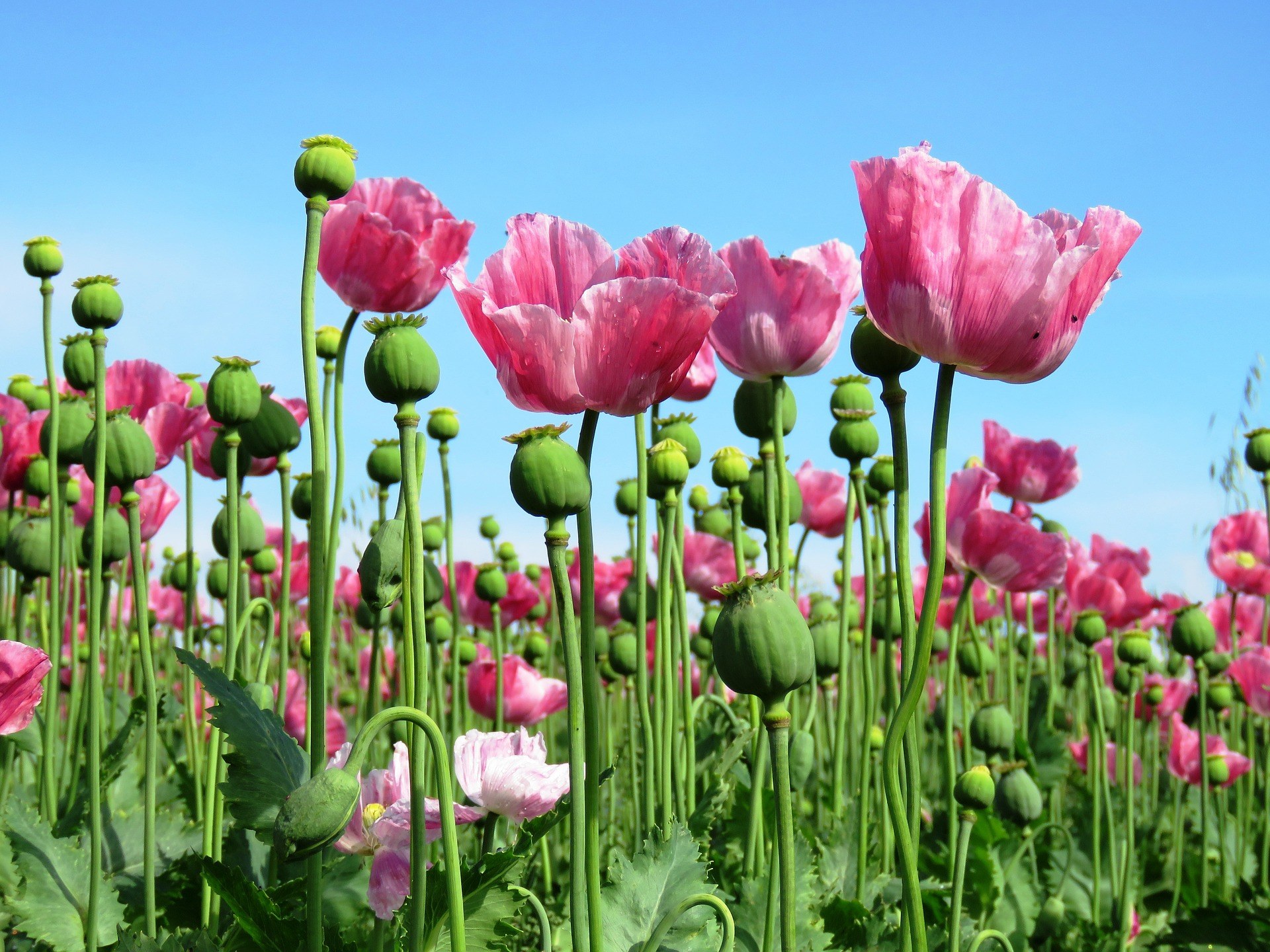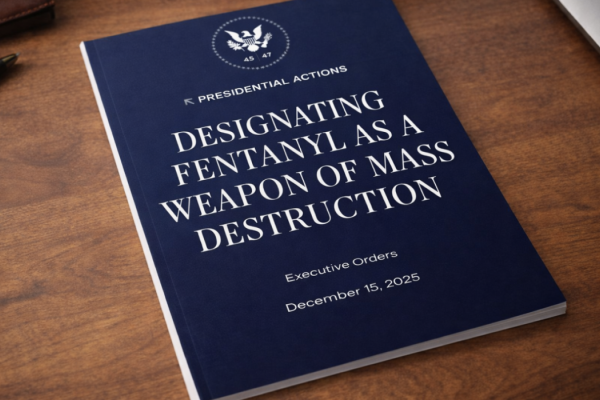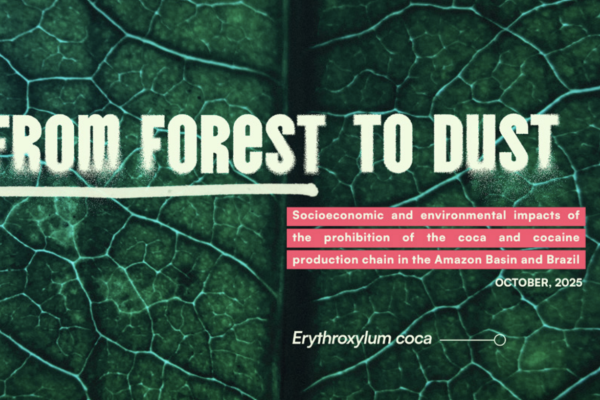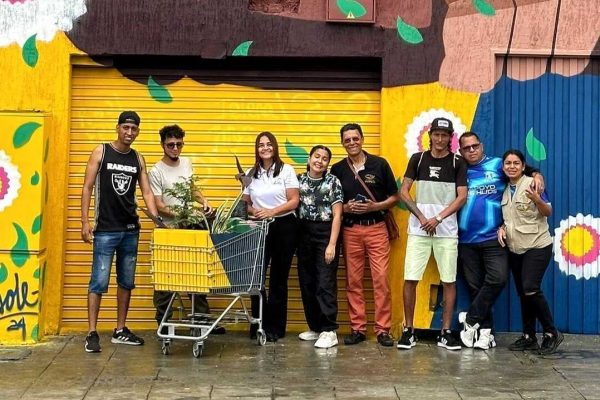22nd November 2018
Turkey’s move from illicit to licit opium production for medicinal use demonstrates that an orderly transition, with a range of benefits for the producer country, is possible in places with the institutional capacity to deliver the right regulatory framework.
It provides a useful example of the practical steps involved in transitioning, and how such changes can impact on the global illicit trade, even while wider global prohibitions remain in place alongside steady or rising demand.
However, Turkey also demonstrates that moving opium production from the illicit market to the licit medical use market alone will not reduce overall global illicit production. The economic dynamics of the illicit trade mean supply will expand in other countries to meet continuing illicit demand. This is true of all ‘silver bullet fantasy’,1poppy-for-medicine proposals in places such as Afghanistan, Guatemala and Mexico, that are aimed at eliminating global illicit opium production.
Background
Opium is often perceived as an illicit commodity, but in fact around half of global production is entirely legal, licensed for the manufacture of a range of pharmaceutical, opiate-based painkillers. This production for the legal medical market is not associated with any of the crime, violence, and insecurity linked to the parallel illicit market for non-medical use.
Within the non-medical market, a relatively small population of dependent users consume a disproportionate amount of the total opium produced. In Switzerland, for example, it has been estimated that the 10% heaviest users consume about 50% of the imported heroin. Use by a proportion of this group – and the production and supply to meet it – transitioned from the illicit to the licit market through the introduction of a heroin-assisted treatment (HAT) model in 1994, something a number of other countries have also explored.
If medicalised heroin prescription models were expanded to meet need in other major consuming countries, a substantial proportion of the global illicit market would shift from illicit to licit production, with a commensurate reduction in criminal activity. There are also many developing countries where opiate-based painkillers are not adequately available2 and there is therefore scope to expand licit production.
This could take place through expanding opium poppy production in more industrialised countries like Australia. But a case can also be made for more traditional, illicit and quasi-licit opium production in developing countries being legalised and licensed instead. This may, however, require favourable trade arrangements to be put in place (and navigating World Trade Organization rules and regional trade agreements to do so) to allow small-scale producers to compete on the global market with the large-scale industrialised producers.
Poppies have been farmed in Turkey for centuries, the seeds used for both human and animal food, and the poppy resin as opium for medicinal use. As far back as the early nineteenth century, Turkish opium was being shipped to England and China. When Turkey ratified the 1961 UN Single Convention on Narcotic Drugs in 1967, it opted not to apply for a transitional exemption to gradually phase out opium use and production. Instead, along with India, it was given the status of a ‘traditional opium producing country’, granting a right to continue production for use in essential medicines, on the condition that it was managed under a state-controlled license system.
During the gradual implementation of the system, a substantial amount of licit opium was diverted into illicit heroin production for the US market. This became an increasing source of tension with the US – particularly in light of the emerging, politically awkward challenge of heroin use among the armed services in Vietnam and returning veterans. By the end of the decade, an estimated 80% of heroin used in the US originated in Turkey. President Nixon, elected in 1968 and launching his war on drugs in 1971, viewed heroin as a threat to national stability, leading the US to exert increasing pressure, including threats to cut off aid, resulting in Turkey banning opium cultivation in 1972.
An effective licensed production model emerges for traditional farmers
In 1974, Turkey restarted opium cultivation for medical purposes on a significant scale under a new and strictly state-controlled license system, in compliance with the UN Single Convention, and supported both politically and technically by the US. The Turkish Grain Marketing Board (TMO) was the national agency responsible for the country’s poppy-licensing-for-medicines system. The TMO sits within the Ministry of Agriculture, which owns the nationalised poppy-to-opium processing facility. Over 350 TMO officials (excluding local administrators) are involved in the control of poppy cultivation, costing Turkey approximately $6 million per year.
Unlike the large-scale, highly industrialised opium production in Tasmania, for example, in Turkey, licit opium production remains in the hands of the 70,000 to 100,000 mostly small-scale farmers who are licensed every year, each cultivating an average of just 0.4 hectares. In 2005, the TMO estimated that 600,000 people earn their living from poppy cultivation in Turkey. 95% of the morphine (and poppy seed) production is exported, generating an export income of over $60 million.3
In many respects, the new licensing system can be viewed as a success – providing oversight of the previously illicit and quasi-licit unregulated industry, maintaining traditional producers’ incomes, creating valuable export revenue, and successfully preventing almost all leakage of opium to the illicit market. The US State Department claims that there is ‘no appreciable illicit drug cultivation in Turkey other than cannabis grown primarily for domestic consumption’, and that, ‘The Turkish Grain Board (TMO) strictly controls licit opium poppy cultivation quite successfully, with no apparent diversion into the illicit market.’4 Equally, the UNODC says that since ‘1974 until now [2003], no seizures of opium derived from Turkish poppies have been reported either in the country or abroad.’5
This is in contrast to India’s less robustly regulated licit opium production, which uniquely among licit producing nations allows farmers to produce raw opium gum/resin – as opposed to harvested whole plants or ‘poppy straw’. There, diversion rates are estimated by the Indian government to be around 10%.

The ‘balloon effect’: no impact on overall illicit opium production
Turkey is now one of the major licit opiate producers for the pharmaceutical market – primarily for morphine, diamorphine (heroin), and codeine – along with India, Australia, France, Spain, Hungary and some smaller producers, including the UK. However, global demand for illicit opium for non-medical use has continued to grow, so when Turkish opium production was first banned in 1972 and then legalised and regulated for the production of medicines in 1974, illicit production was simply displaced elsewhere. This is a classic example of the ‘balloon effect’, which describes how enforcement, rather than eliminating the drug problem, often merely displaces it to new locations – like air moving around in a squeezed balloon.
Production to supply the illicit heroin markets in Europe and elsewhere shifted firstly to Pakistan, Burma and Iran, then later to Afghanistan, which now dominates global illicit production. With respect to the US market, the US Drug Enforcement Administration has acknowledged this problem, saying: ‘Mexico emerged as a prominent source of heroin to the United States in 1974, when growers stepped up production to fill the void left by the suppression of heroin supplies from Turkey in 1972.’ As early as 1975, Mexico was supplying 89% of the heroin consumed in the United States.6
This displacement of illicit opium production to other countries has also meant that Turkey remains a major transit country for illicit opiates from Afghanistan to Europe,7 with Turkish organised crime groups a key presence in the trade across the continent.
If there is a solution for countries like Afghanistan, which face far more acute governance and institutional challenges that make managing even small-scale regulated opium production difficult, it will be longer-term and phased in gradually. It will likely include a progressive reduction in illicit global demand by developing regulated systems for supplying non-medical opiates to dependent users in consumer countries (such as opioid substitution therapy and heroin-assisted treatment), and by addressing the underlying social and economic drivers of opiate dependence. It will need to be done in tandem with efforts to manage the remaining illicit market to reduce the harm it causes,8 as well as wider development efforts in affected areas,9 taking into account the implications for traditional and illicit growing regions where the market can be an important source of economic activity, and in some cases, even a form of stability.
References
- 1 Rolles, S. (2007) ‘Field of Dreams’, Druglink. http://transform-drugs.blogspot.co.uk/2007/04/why-legalising-afghan-opium-for.html
- 2 The Global Commssion on Drug Policy (2015) ‘The Negative Impact of Drug Control on Public Health: The Global Crisis of Avoidable Pain’. http://www.globalcommissionondrugs.org/?wpdmdl=1194
- 3 Kamminga, J. (2006) ‘The Political History of Turkey’s Opium Licensing System for the Production of Medicines: Lessons for Afghanistan’, Senlis Council. http://dspace.cigilibrary.org/jspui/bitstream/123456789/23440/1/The%20Political%20History%20of%20Turkeys%20Opium%20Licensing%20System%20for%20the%20Production%20of%20Medicines%20Lessons%20for%20Afghanistan.pdf?1
- US Department of State (2008) ‘International Narcotics Control Strategy Report 2008’, p. 528. http://www.state.gov/documents/organization/102583.pdf
- UNODC (date unknown) ‘Turkey Programme’. www.unodc.org/pdf/turkey_programme.pdf
- Jelsma, M. (2011) ‘The Development of International Drug Control: Lessons Learned and Strategic Challenges for the Future’. http://docplayer.net/296753-The-development-of-international-drug-control-lessons-learned-and-strategic-challenges-for-the-future.html
- UNODC (date unknown) op. cit.
- Gutierrez, E. (2015) ‘Drugs and Illicit Practices: Assessing their impact on development and governance - Christian Aid Occasional Paper’, Christian Aid. http://www.christianaid.org.uk/Images/Drugs-and-illicit-practices-Eric-Gutierrez-Oct-2015.pdf
- United Nations Development Programme (2015) ‘Addressing the development dimensions of drug policy’. http://www.undp.org/content/dam/undp/library/HIV-AIDS/Discussion-Paper--Addressing-the-Development-Dimensions-of-Drug-Policy.pdf




